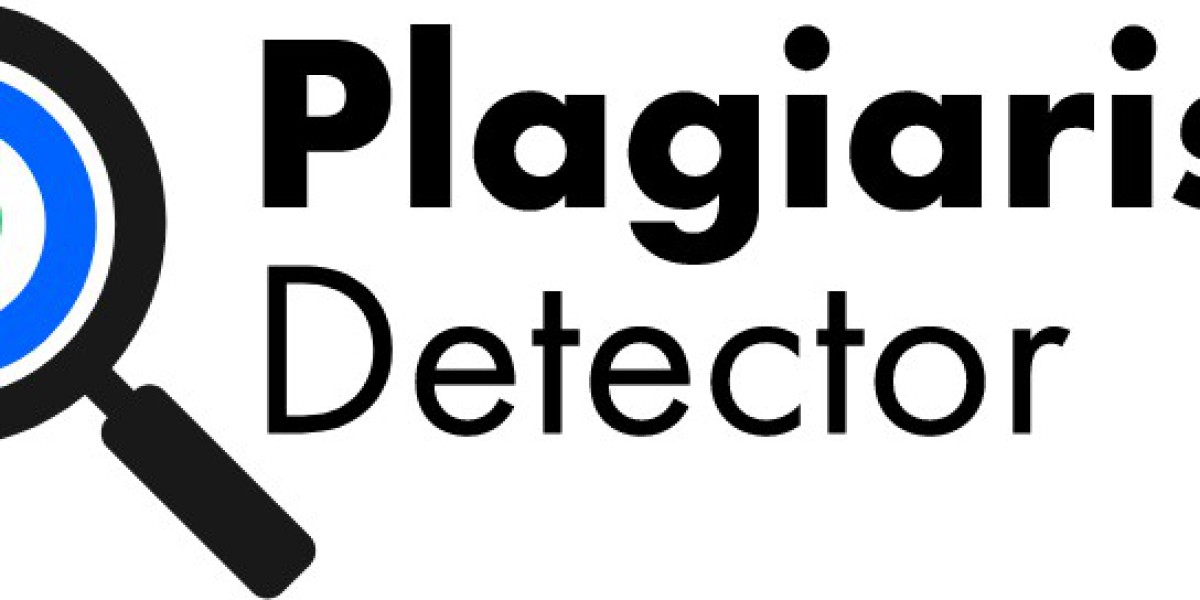In an era where information is just a click away, the line between inspiration and imitation can easily blur. Writers, students, bloggers, and professionals face a modern dilemma: how do you ensure your work is truly original in a world overflowing with content? Enter the detector de plagio — a silent but powerful tool that has become the digital guardian of authenticity.
What Is a Detector de Plagio?
A detector de plagio, or plagiarism detector, is a software designed to analyze text and compare it with existing content across the internet, academic databases, and archives. Its primary goal is to identify similarities that might indicate copied or unoriginal material. These tools use advanced algorithms, AI, and vast databases to uncover even the most subtly reworded phrases.
Think of it as a literary detective that can read between the lines, spot patterns, and catch duplications that even the sharpest human eye might miss.
Why Originality Matters More Than Ever
Original content is the heart of credibility, especially in the digital age. Search engines favor unique content. Professors demand authentic work. Brands build trust through fresh ideas. In short, originality isn't just a virtue—it’s a necessity.
Plagiarism, whether intentional or accidental, can damage reputations, trigger legal consequences, and derail careers. That’s where a detector de plagio steps in—not just as a watchdog, but as a creative partner.
Beyond Academia: Real-World Uses
Though plagiarism detectors are often associated with education, their role spans across various industries:
- Writers and bloggers use them to ensure that their content is free from unintentional duplication.
- SEO specialists rely on unique content to rank higher in search engines, making these tools essential in digital marketing.
- Authors and journalists check manuscripts for originality before publishing.
- Legal and corporate professionals use plagiarism detection to verify the authenticity of reports, presentations, and official communications.
In short, wherever words matter, a detector de plagio plays a silent but vital role.
How Do These Tools Work?
At first glance, a plagiarism detector might seem like magic, but its workings are grounded in clever technology. Here's a simplified look:
- Text Segmentation: The tool breaks down your content into phrases or sentences.
- Database Matching: Each segment is compared against massive databases—think books, academic papers, websites, and more.
- Pattern Recognition: Advanced algorithms identify similarities, paraphrased sentences, and exact matches.
- Report Generation: Finally, a detailed report highlights potential issues, giving users insight into what needs to be reworded or cited.
Some detectors even provide a percentage score, showing how much of the content might be plagiarized—although it's always up to the human user to interpret these results wisely.
Free vs. Paid Detectors: Is There a Difference?
There are dozens of detector de plagio tools available online—some free, others subscription-based. Free versions are great for occasional use or short articles. However, professional writers or students working on major assignments might benefit from premium tools.
Paid tools often provide:
- Access to larger databases
- More accurate matching
- Better paraphrasing detection
- Integration with writing platforms like Google Docs or Microsoft Word
Still, even the free tools have improved dramatically in recent years, offering a solid layer of protection for most users.
The Ethical Side of Plagiarism Detection
Using a detector de plagio ia isn’t about policing creativity; it’s about protecting it. These tools help writers stay true to their voice while respecting the work of others. They encourage better research habits, clearer citations, and more thoughtful writing.
Moreover, these tools can also be educational. For students, for example, they highlight the importance of proper referencing. For professionals, they act as quality control. And for content creators, they reinforce the value of originality in a saturated digital space.
Final Thoughts: Embrace the Guardian
The truth is, we’re all influenced by what we read and absorb. It’s human nature to echo ideas that resonate with us. But originality isn’t about avoiding influence—it’s about building on it in your own way. A detector de plagio doesn’t stifle creativity; it nurtures it by ensuring that your ideas shine through clearly and authentically.
So, whether you’re drafting your next blog post, crafting a research paper, or working on web content, make the detector de plagio your silent partner. In a world hungry for fresh ideas, originality is your superpower—and this digital guardian ensures it stays intact.



